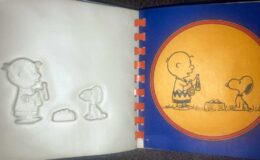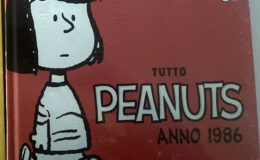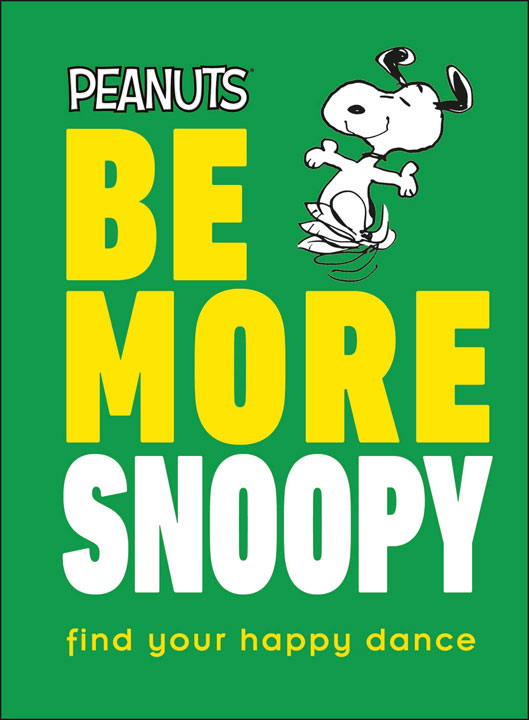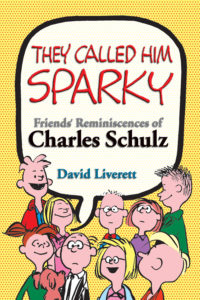Is This Tomorrow?
- By : Nat
- Category : Classic finds, Reviews

As both a Schulz specialist and a general comic book guy, one item that I’ve long wanted is Is This Tomorrow? America Under Communism, a 1947 comic book published by the same folks who put out Topix, the Catholic comic book which Schulz provided lettering and cartoons for. He also had a hand in this. I have kicked myself for years over not buying that copy I saw for $50 at the San Diego Comic-Con; the ones I’ve seen since then have gone for more than I cared to spend, but I finally settled on getting a cheaper, coverless copy via eBay.

The book is a 48 page cautionary tale, showing how the communists take over America, leveraging a drought (although they use the less-common term “drouth”) to create strife, creating power voids and filling them in with party loyalists under various guises, until they have full control over the reigns of power and can blatantly take control, seeing to it that only party loyalists are fed and that the old, the weak, and the malcontents are denied food or killed. And oh so many of the ills in America are pinned on being part of the Communist plot – labor strikes, antisemitism, racial conflict (between white people, who make up most of the book, and black people, who only appear when the comic needs to depict racial conflict), it’s all really the communists to blame. Along the way, there are a number of interesting moments, including some nicely predictive – the President is assassinated during a parade, and the killer is shot to death before being able to tell if there was a conspiracy. All in all, it’s played pretty broadly; this is not a subtle investigation of the way things happen, this is a piece of anti-communist propaganda.
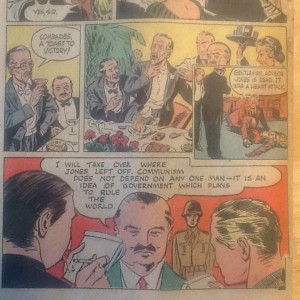
Schulz’s involvement has been described various places, including the Michaelis biography, as drawing the final few panels of the story. I don’t think that’s quite accurate. The comic blatantly has a number of artists involved, as penciling, inking, and lettering all vary through the pages. Looking at it, my suspicion is that Schulz drew the last panel, but that that’s the only panel on the page that he drew. There are parts elsewhere (open your copy to page 37, folks) that match the art style of the final panel.
This is not showing off Schulz at his best – this is not inside what would be his wheelhouse. But then, considering the artist growth in his humor cartooning from his “Li’l Folks” days to the peak of his Peanuts work, it is hard not to wonder what kind of dramatic cartoonist Sparky would’ve become, had he followed that path.
(Let me quickly suggest that folks avoid making any judgments about Schulz’s own politics based on the content of this book. Just as he was working on Catholic comics without ever being Catholic, this was likely just another early chance to get published, and clearly was not a project he was steering.)

